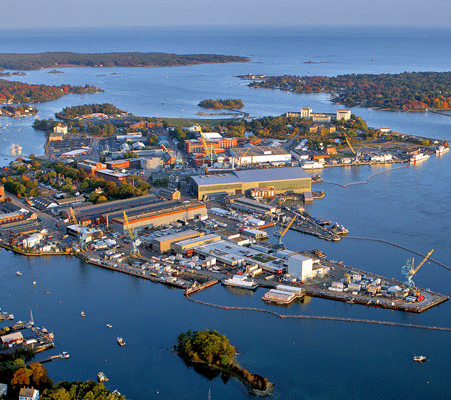December 2, 2025
Share this post
Complementing Renewables – Grid Interactive Loads
In Part 1 of this article, we discussed the transformation that is happening with utility grids with increasing renewable resources, the growing pains relative to the challenges of intermittency, and the solutions needed for reliability and stability. In Part 2, we will focus on complementing renewables to with grid interactive loads.
Solutions to stabilize the variability of renewable resources often first bring to mind the application of energy storage to smooth the output and better match grid loads. Often overlooked is managing this variability on the receiving end. Grid interactive loads can provide “relief” to better match variable renewable generation or to respond to a contingency where the grid becomes unstable and legacy renewable generation trips offline.
A grid interactive load is a building, commercial, or industrial process that can adjust its energy consumption or self-generation in response to the grid or market conditions. A long used technique might be to “peak shave” to reduce demand costs, but grid interactive loads can also be deployed to impact carbon intensity, or to preserve reliability. Functioning similarly to local renewable generation or storage, grid interactive loads can provide valuable grid services, while saving costs and reducing emissions for building owners and occupants.
Lessons learned at the transmission and distribution level — such as wide scale demand response programs — can also be mimicked in smaller systems like microgrids for improved stability and reliability. Designed-in “intentional” grid interactive load response is less disruptive than unplanned load shed events and blackouts.
Grid-Edge Controls
One use case example of this approach would be a customer that curtails their rooftop solar output to avoid exporting energy during periods of low site energy use. By adding control schemes to adjust chiller setpoints, outdoor air ventilation, space temperature setpoints, and electric vehicle charging activity, the facility can instead temporarily reduce or add load in response to variations in the renewable resource. Manipulating the building load allows the rooftop solar to be more fully utilized and reduces the cost of energy supply.
Islanded Microgrid
Another use case which leverages islanded microgrids, control schemes can directly measure grid frequency to provide short term response and counteract contingencies such as failed generation, cloud cover, starting loads, etc.
Ameresco’s project at Portsmouth Naval Shipyard in Kittery, Maine included the deployment of a microgrid to demonstrate significant load management capabilities to allow the facility to smoothly transition to and sustain self-supported power in the event of utility disturbances. The microgrid control systems and a 500 kW/580kWh Battery Energy Storage System (BESS) were integrated with on-site generation, including a 10MW Combined Heat and Power (CHP) plant and 4MW of emergency back-up generation.
Emissions Management
Grid-interactive loads can also significantly contribute to emissions management by reducing carbon emissions through promoting the use of renewable energy sources.
Grid interactive facilities can ramp energy use up or down depending on carbon intensity of the existing utility generation source. Revisiting the example above of a grid interactive building responding to avoid curtailment of solar self-generation, it is clear that by improving renewable utilization at the grid edge, carbon emissions can be reduced, lowering Scope 2 emissions.
On a larger scale, many facilities with these capabilities help the grid become more elastic, supporting continued expansion of variable carbon-free renewable resources while preserving reliable energy supply.
Balancing the renewable grid requires a combination of strategies that include both supply-side and demand-side solutions. By implementing grid interactive loads, we ensure a stable and sustainable energy supply and accelerate opportunities for expanding the renewable grid. As we continue to innovate and learn from our experiences, we can look forward to a future where renewable energy grids are balanced, resilient, and sustainable.
The Rise of Clean Energy Microgrids
This free informational resource details why clean energy microgrids make sense for healthcare, higher education, government, businesses and more. All microgrids offer greater electric reliability. But the clean energy microgrid does more. It also reduces carbon emissions and helps organizations reach sustainability goals – an achievement increasingly valued by the healthcare community, business customers, government constituents, and college students, parents and donors.

